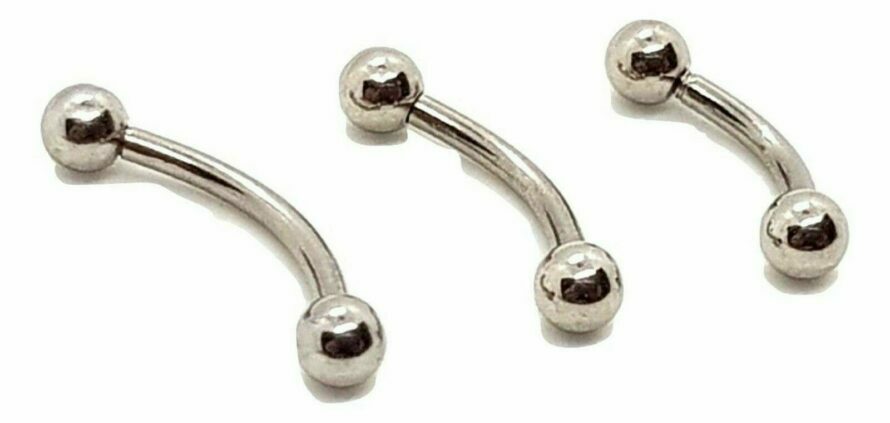Dydoe Piercing: A Growing Interesting Trend

A dydoe piercing can be elaborated as a type of body modification in which a piece or more pieces of jewellery are inserted into the glans of the penis. It is commonly done on surface piercing as it does not include the central part of the penis.
However, the direction can be horizontal or vertical orientation. Dydoes are done in many ways, as they can be single, pairs, or groups. However, many people prefer to do the top of the penis, near the head.
Commonly, the glans, foreskin, shaft, and scrotum are the main areas to do piercing, usually for sexual pleasure or aesthetics.
Dydoe Piercing
Dydoe piecing commonly knows the placement of two beads on both sides of the glans, also known as the head of the penis. However, there are various ways to wear dydoes in which single, double, or triple piercings are done.
The piercing beads can be worn on the top or bottom of the penis shaft. In rare cases, some males prefer to do piercing on the scrotum.
Dydoe word is derived from the Greek language that can be described as Dyo means “double”, and oe means “eye.” Dydoe is also commonly known as King’s Crown. However, these beads can be placed at any angle that suits a person.
Moreover, People choose to do single pierce or parts of the larger group according to their suitability. Prince Albert Piercing refers to a piercing done on the male genital part in a larger group.
Dydoe Piercing History
Back to history, this finds in the era of ancient Egypt. People of ancient Egypt used to do this as a sign of power and masculinity, as the male was considered the dominant person and could do anything. Recently, it has been more prevalent among body modification enthusiasts and gay men.
Therefore, piercing has been done since back in Egyptian history. Most probably, it was done with the help of a needle as it involved the piercing of the skin of the penis, so people used to insert small pieces of jewellery on the top or bottom of the penis.
Method to Do Piercing
Various methods are followed for the dydoe piercing. As it’s clear, it was done with the help of needles during Egyptian times. So, needles, the Forceps method, and laser-assisted piercing techniques are more common.
In this process, a needle is passed through the frenulum, a tissue connects the foreskin to the glans, and then inserted a barbell in the inner part of the skin. Then, a closure ball ring is placed on the barbell to make it secure and close its end.
After that, the healing process is completed within 4 to 6 weeks. Most importantly, the person who does piercing must follow hygiene precautions to avoid any bacterial or other infections.
Types of Dydoe Piercing
Various type of piercing is done. Most common have been discussed below.
Traditional dydoe piercing is done on the top of the penis shaft while passing a barbell with two end balls on both sides.
The reverse dydoe involves the bottom of the penis shaft near the base of the male genital part.
The double dydoe piercing, in which both the top and the bottom part are involved. Jewellery of this type is used having two barbells on both sides that are connected with the help of a chain or ring.
Dydoe Piercing Aftercare
A person should follow hygiene conditions after doing a piercing. Most simply, a person should clean the area twice daily with Luke water and soap. Do not use harsh chemicals; they may irritate or cause infection in the area.
In case of redness, swelling, or unusual discharge, immediately contact your piercer.
Main Complications after Piercing
Followed by dydoe piercing, a person can experience a few complications that can be avoided or minimized with intense care and by following preventive measures.The risks attached to genital piercing are:
Redness, swelling, and pain in the area
Fever
Urinary frequency and burning during urination
Pus formation in the penis
Conclusion
The dydoe piercing is an aesthetic people usually do for their pleasing.
